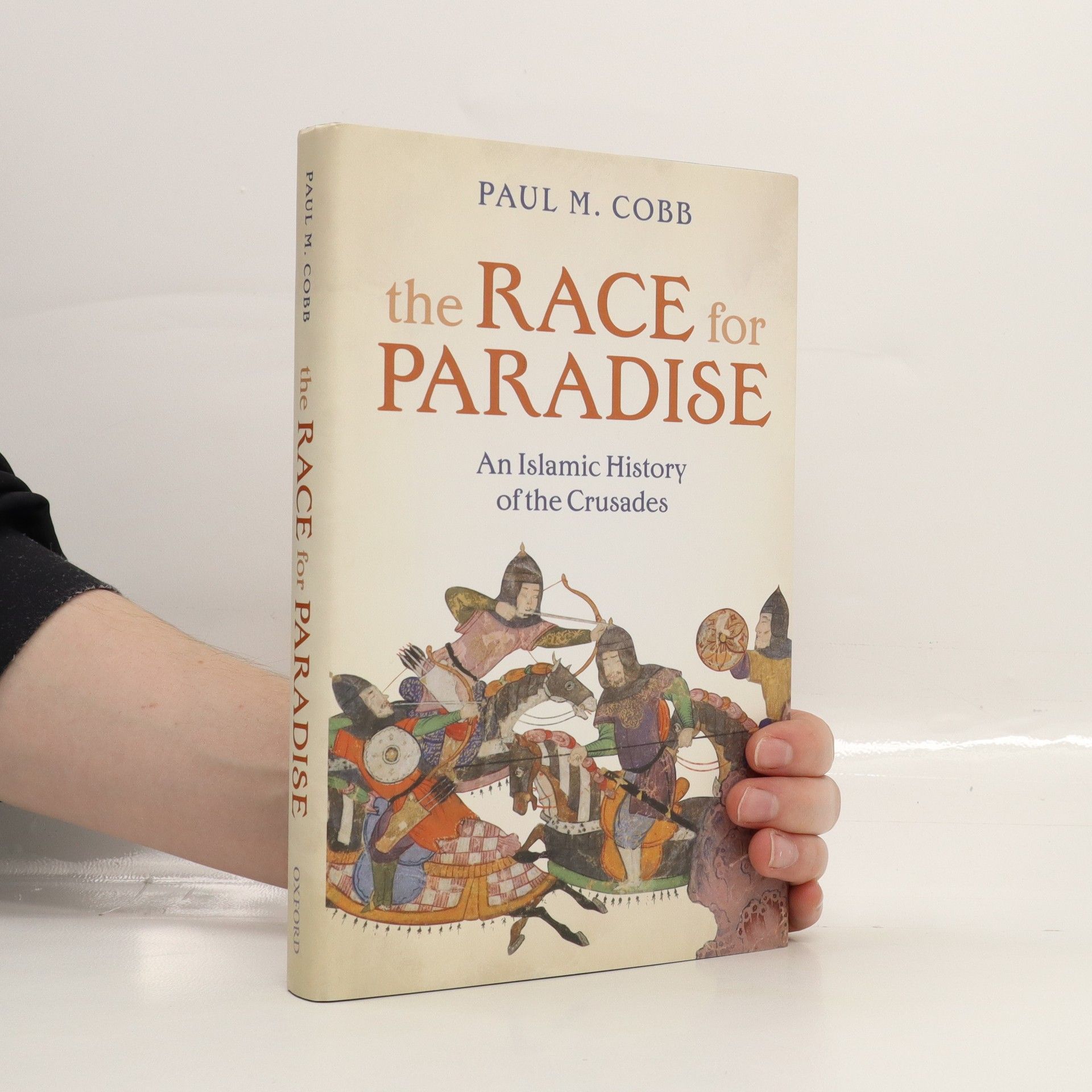The race for paradise
- 368 pages
- 13 hours of reading
"In The Race for Paradise, Paul M. Cobb offers an accurate and accessible representation of the Islamic experience of the Crusades during the Middle Ages. Cobb overturns previous claims and presents new arguments, such as the idea that the Frankish invasions of the Near East were something of a side-show to the broader internal conflict between Sunnis and Shi'ites in the region. The Race for Paradise moves along two fronts as Cobb stresses that, for medieval Muslims, the contemporaneous Latin Christian expansion throughout the Mediterranean was seen as closely linked to events in the Levant. As a consequence of this expanded geographical range, the book takes a broader chronological range to encompass the campaigns of Spanish kings north of the Ebro and the Norman conquest of Sicily (beginning in 1060), well before Pope Urban II's famous call to the First Crusade in 1095. Finally, The Race for Paradise brilliantly combats the trend to portray the history of the Crusades, particularly the Islamic experience, in simplistic or binary terms. Muslims did not solely experience the Crusades as fanatical warriors or as helpless victims, Cobb writes; as with any other human experience of similar magnitude, the Crusades were experienced in a great variety of ways, ranging from heroic martyrdom, to collaboration, to utter indifference."--Publisher information.


